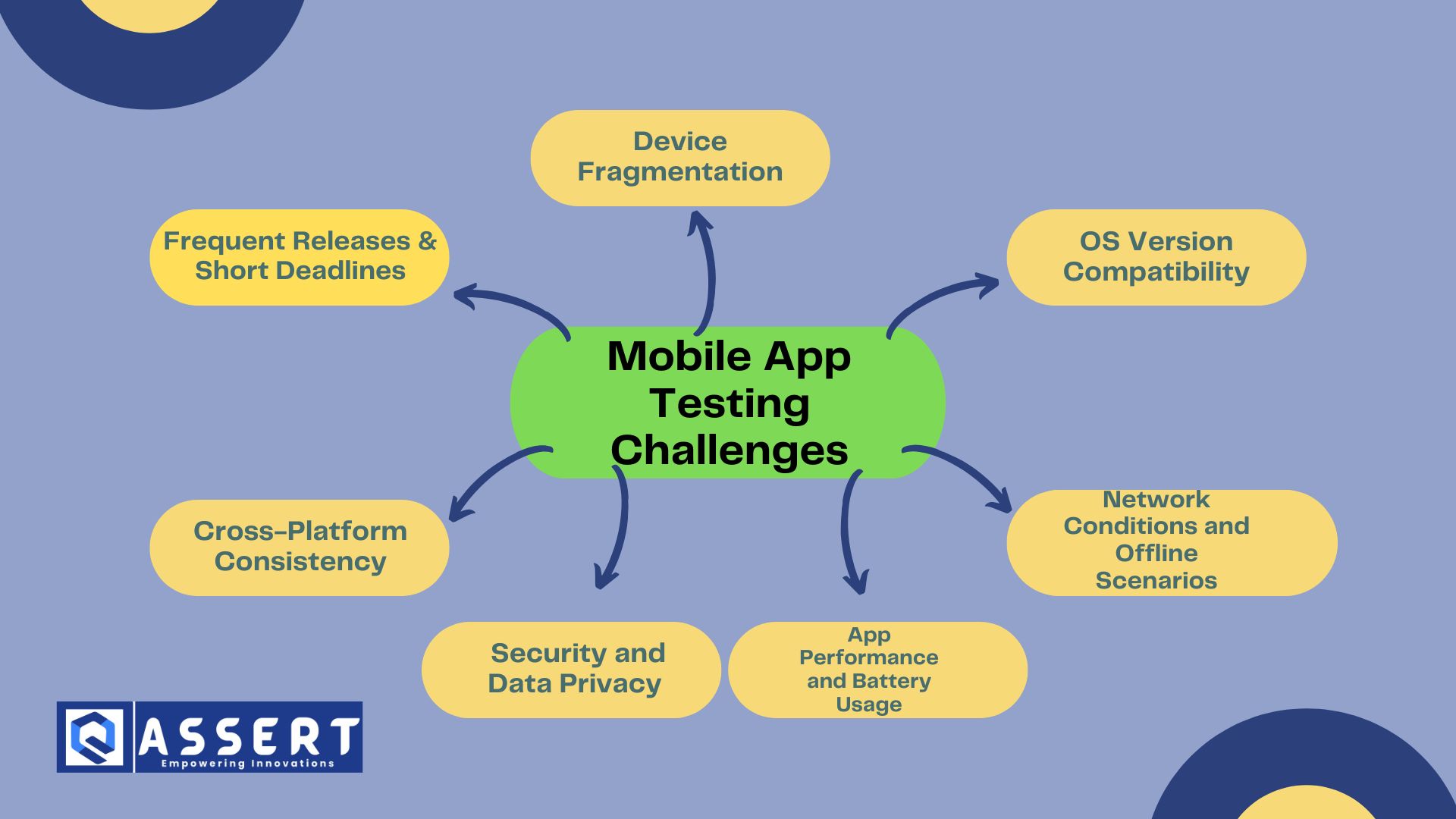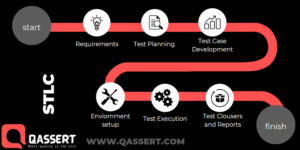Introduction
Mobile apps are everywhere—from food delivery and fitness to banking and social media. But behind every good app is a lot of testing. Unfortunately, QA teams face several mobile app testing challenges that make it difficult to deliver flawless user experiences.
In this blog, we’ll explore the biggest problems in mobile testing—and how you can solve them using tools, best practices, and smart planning.
1. Device Fragmentation
The Challenge:
There are thousands of Android devices with different screen sizes, OS versions, and hardware. iOS has fewer devices but still varies by version and resolution.
Solution:
-
Use cloud device farms like BrowserStack or Sauce Labs for testing across real devices.
-
Automate regression testing using tools like Appium, Espresso, or XCUITest.
- Prioritize popular devices based on user analytics.
2. OS Version Compatibility
The Challenge:
OS updates (like Android 14 or iOS 17) can break existing features or cause UI bugs.
Solution:
-
Maintain a test matrix with all supported OS versions.
-
Use tools like Firebase Test Lab to run tests on multiple OS combinations.
-
Run regression tests after every OS update.
3. Network Conditions and Offline Scenarios
The Challenge:
Apps behave differently on 2G, 4G, 5G, Wi-Fi, or offline. Testing these is tough but important.
Solution:
-
Use network simulation tools like Charles Proxy, Network Link Conditioner, or Android Emulator settings.
-
Always test edge cases like low bandwidth, airplane mode, and interrupted downloads.
4. App Performance and Battery Usage
The Challenge:
Slow, laggy apps with high battery usage are often uninstalled quickly.
Solution:
-
Use profiling tools like Android Profiler and Instruments for iOS to monitor CPU, memory, and battery.
-
Run load tests using tools like Apache JMeter or k6.io to test backend performance.
5. Security and Data Privacy
The Challenge:
Apps that handle personal or payment data must follow strict security standards.
Solution:
-
Perform penetration testing using tools like OWASP ZAP.
-
Ensure proper data encryption, secure storage, and token-based authentication.
-
Regularly test for vulnerabilities like SQL injection, XSS, and data leaks.
6. Cross-Platform Consistency
The Challenge:
Apps should behave the same on both Android and iOS, but platform-specific bugs often sneak in.
Solution:
-
Use cross-platform frameworks like Flutter or React Native and test both platforms separately.
-
Automate UI checks using Appium, which supports both platforms.
7. Frequent Releases & Short Deadlines
The Challenge:
Agile teams often push new features weekly or biweekly, leaving less time for thorough testing.
Solution:
-
Set up CI/CD pipelines using GitHub Actions or Jenkins.
-
Automate smoke and regression tests to run on every pull request.
-
Use test prioritization to focus on high-risk areas.
Conclusion
Mobile testing is full of challenges—but with the right tools, strategy, and automation, you can overcome them. By addressing these mobile app testing challenges early, QA teams can ensure that users get a fast, secure, and bug-free experience.




